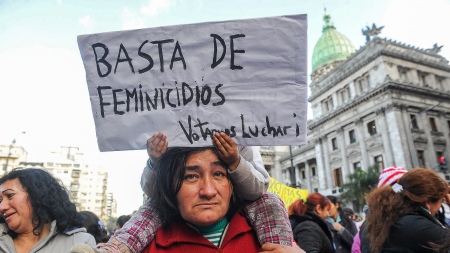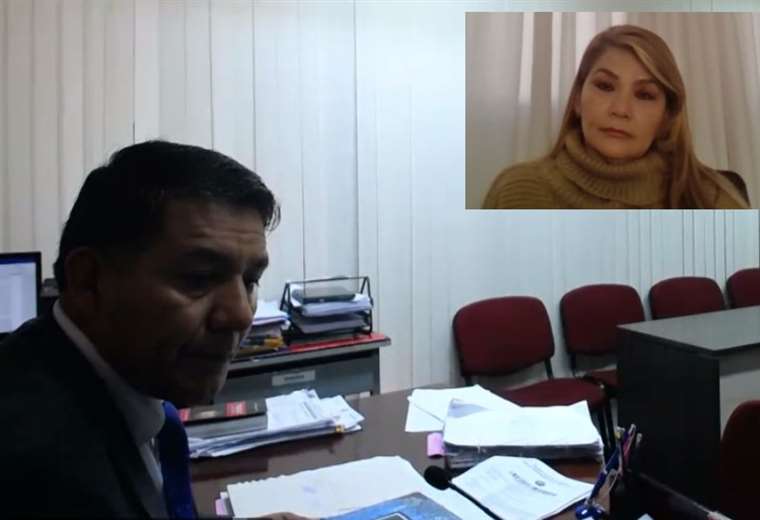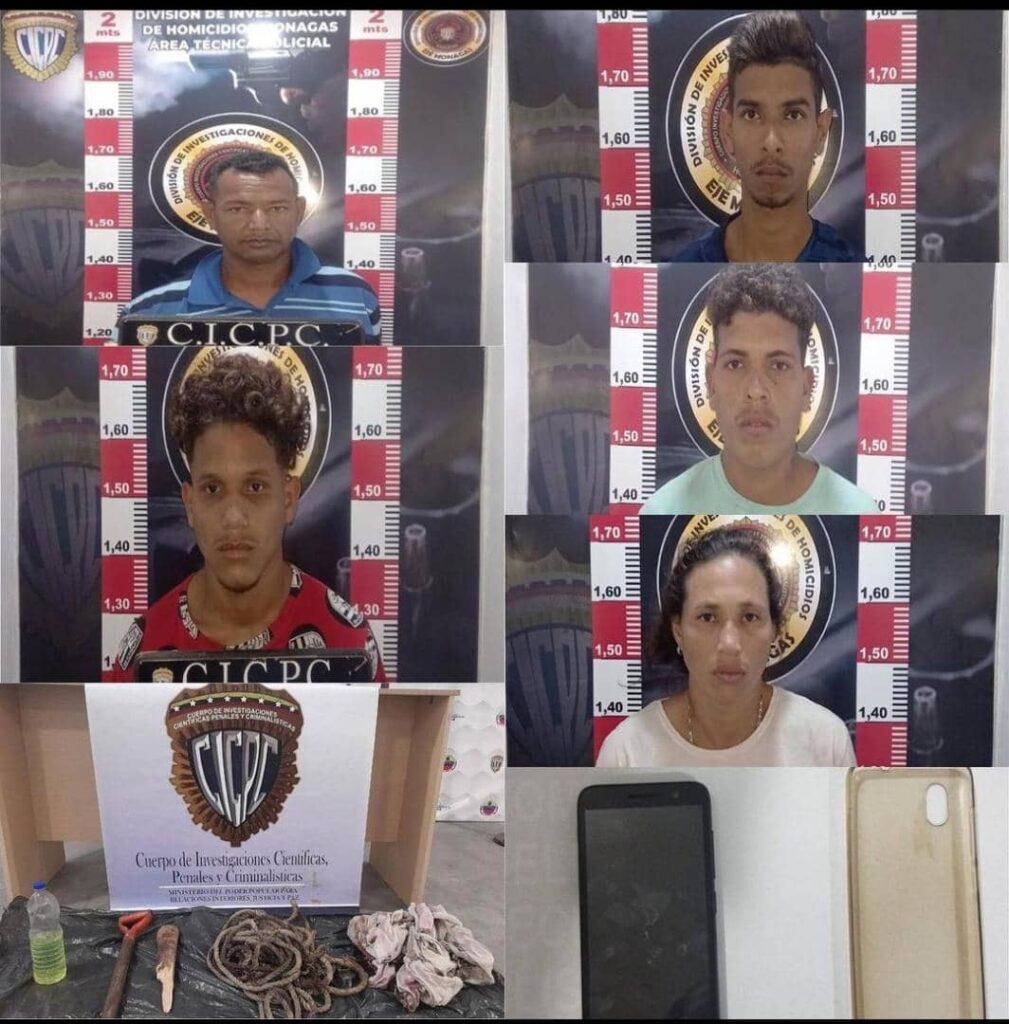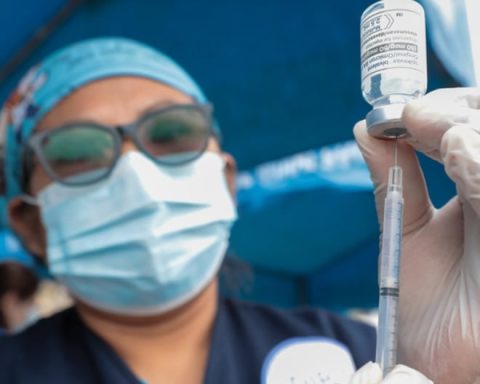Fourteen women who were on the streets in the Autonomous City of Buenos Aires (CABA) were murdered between 2015 and 2021, and nine of these crimes were considered femicides, according to a report published by the Specialized Fiscal Unit on Violence against Women ( UFEM).
According to a survey of the specialized prosecutor’s office headed by prosecutor Mariela Labozzetta, 9 percent (14 incidents) of the intentional homicides of cis women, trans women, and transvestites committed in CABA between 2015 and 2021 were against people who were living on the streets.
In the report, carried out with a quantitative approach based on the reading of legal cases, it is observed that “the incidence of victims living on the streets over the total number of homicides in the period is especially high if the proportion of women is taken into account in this housing condition within the population structure of the city”.
This circumstance was reflected in 2021, the year in which 121 women were on the streets and 5 of them – that is, 4 percent of that population – were victims of intentional homicides.
In this way, as explained by the UFEM, Homeless people are “exposed to contexts of structural violence and daily episodes related to the criminalization of poverty and police persecution through harassment practices“.
In this context, gender appears as “a determining element that affects living conditions and poses a differential exposure to risk, it is observed that women particularly suffer the hostility of this context and go through specific situations of violence,” the Unit highlighted. Fiscal.
In turn, the UFEM indicated that during the years 2020 and 2021 there was a growing trend of women living on the streets who were victims of intentional homicides, with and without gender reasons, which coincided with the provision of Social, Preventive Isolation and Mandatory (ASPO) due to the COVID-19 pandemic.
This data is reflected in the 5 homicides of women registered between 2015 and 2019, while in the last two years (2020 and 2021) 9 events of these characteristics were registered.
“This health context had profound implications at the social and economic level, substantially reducing the movement of people and goods on public roads, making subsistence resources scarcer for the population living on the streets, and consequently exacerbating the structural conditions of violence against these groups,” they described.
“This health context had profound implications at the social and economic level, substantially reducing the movement of people and goods on public roads, making subsistence resources scarcer for the population living on the streets, and consequently exacerbating the structural conditions of violence against these groups”
On the other hand, the survey specified that the women living on the streets who were victims of homicide were on average 43 years old, while 30 percent of them were between 18 and 29 years old.
In addition, UFEM pointed out that “the added vulnerability of living on the streets is compounded by other intersectionality factors” that were decisive when analyzing the cases of women who were victims of intentional homicides.
In this sense, the Fiscal Unit in charge of Labozzetta detailed that at least 43 percent of the victims (6 cases) presented problematic substance use, which means a percentage higher than that reported in the rest of the women victims of lethal violence. who were not in this housing situation.
Added to this was the fact that 29 percent (4 cases) of the victims living on the streets had some type of mental or psychiatric condition.
“In the rest of the victims in other housing situations, this proportion drops to 9%. Among people living on the streets, the prevalence of health problems is higher, including mental health problems. Due to the situation of extreme vulnerability that the situation represents on the streets, are added difficulties in accessing the health system, concluding treatment processes,” they added
Regarding the perpetrators, according to the report, the homicides were committed by 17 perpetrators, since in two of the cases they were acts with multiple perpetrators.
On this point, from the UFEM they specified that “within the universe of homicides with victims in street situations, there is little identification of those responsible”, since 47 percent of the perpetrators of these homicides remain unidentified.
Regarding the temporality and the commissive modality, the report reveals that all the homicides of women in street situations occurred at night, while in 36 percent of the cases (5), the attacks were consummated through beatings and in 29 percent (4 cases) the use of bladed weapons was relieved.
On the other hand, the UFEM detailed that 9 of the 14 murders were classified as femicides, which means that 64 percent of the crimes were motivated by gender.
Within this category, in 70 percent of the events (7 cases) the victims maintained relationships with their aggressor, representing a slightly higher proportion with respect to femicides with women in other residential contexts.
Lastly, UFEM pointed out that the report “makes a contribution to the production of criminal information on gender violence, and specifically on lethal violence”, with the aim of contributing to the development of public policies on the subject, as well as persecution strategies. rational criminal law on these phenomena.


















